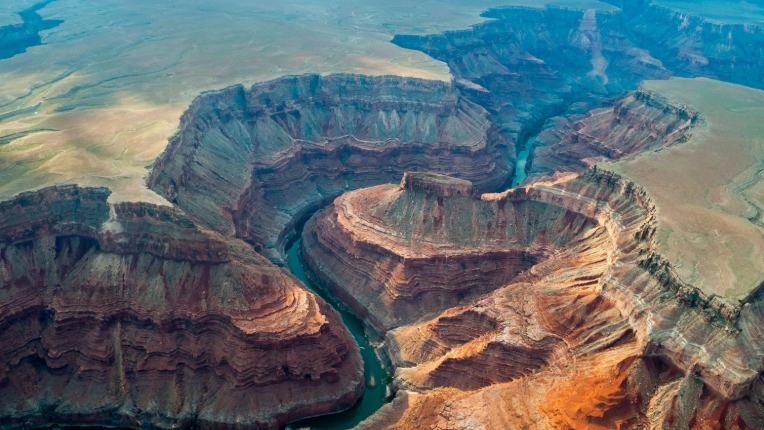Diastrophism, also known as tectonism, is the gradual deformation of Earth’s crust due to the movement of tectonic plates. These immense pieces of the Earth’s lithosphere, or outermost layer, interact in various ways to shape our planet’s landscape.
Shaping the Earth’s Surface
Tectonic plates are constantly in motion, either moving apart, colliding, or sliding past one another. These movements are responsible for the formation of mountains, valleys, and other landforms on Earth’s surface.
The Collision of Plates
When two tectonic plates collide, they can create major geological features such as mountain ranges. The collision forces the Earth’s crust to buckle and fold, leading to the formation of towering peaks that shape our landscapes.
Subduction Zones
In subduction zones, one tectonic plate is forced beneath another, leading to the formation of deep ocean trenches and volcanic activity. This process is responsible for the creation of some of the Earth’s most spectacular geological formations.
Earthquakes and Tsunamis
The movement of tectonic plates can also result in earthquakes and tsunamis. When plates suddenly shift or release pressure, it can lead to seismic activity that can have devastating consequences for communities near fault lines.
Plate Boundaries and Divergent Zones
Divergent boundaries are areas where tectonic plates move apart, leading to the formation of new crust. This process often occurs in the middle of the ocean and is responsible for the creation of underwater mountain ranges and volcanic activity.
The Role of Diastrophism in Shaping Earth’s History
Diastrophism has played a crucial role in shaping the Earth’s surface over millions of years. The movement of tectonic plates has led to the creation of continents, oceans, and mountain ranges, providing the geological framework for life to thrive on our planet.
Understanding the forces of diastrophism and how tectonic plates shape our Earth is essential for predicting and preparing for natural disasters such as earthquakes and volcanic eruptions. By studying the processes that govern the movement of tectonic plates, scientists can gain valuable insight into the dynamic forces that shape our planet.

